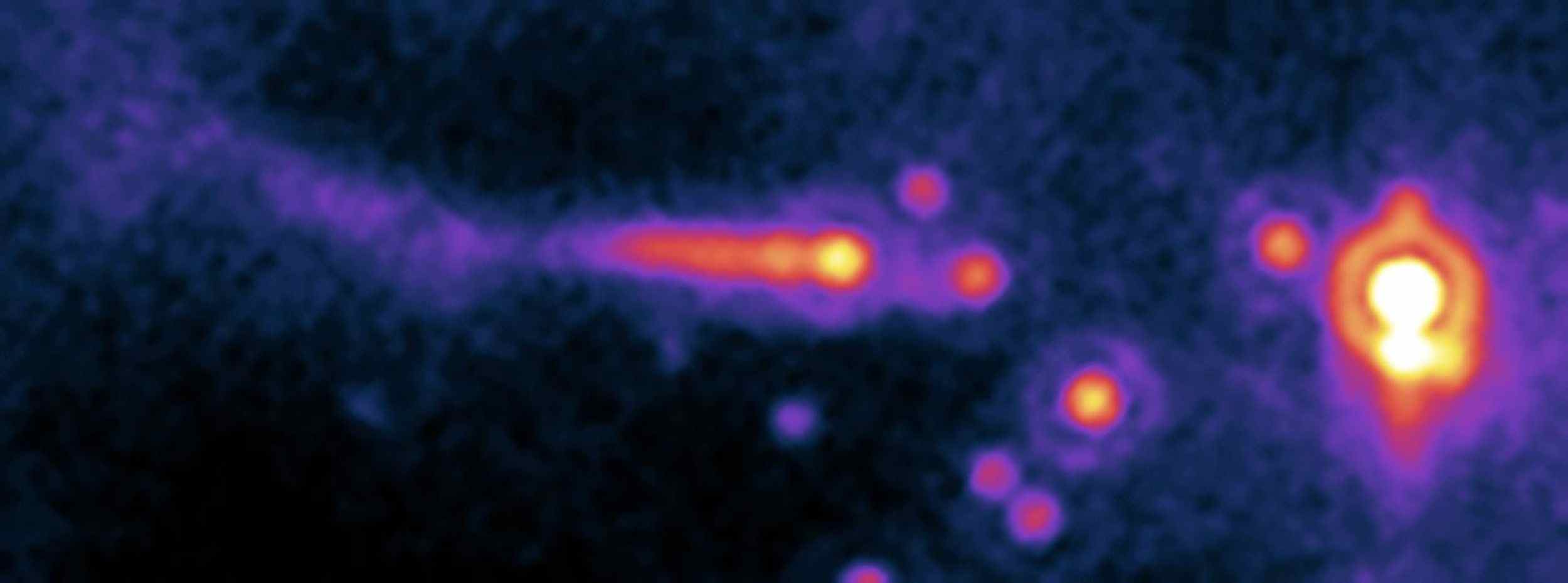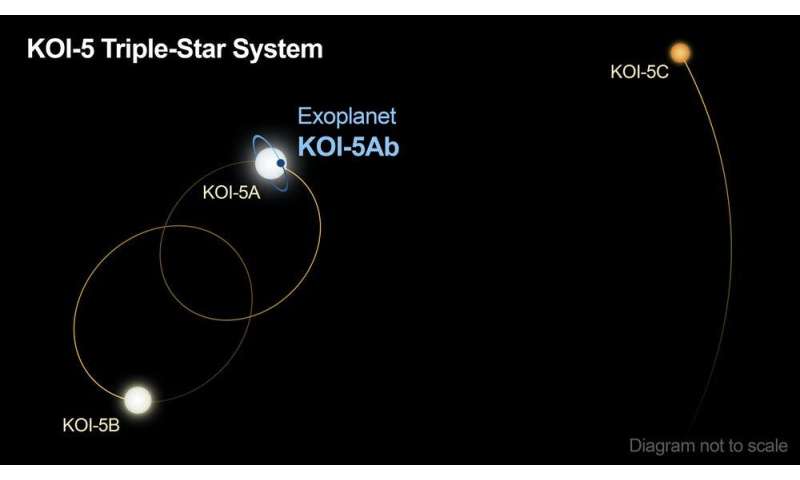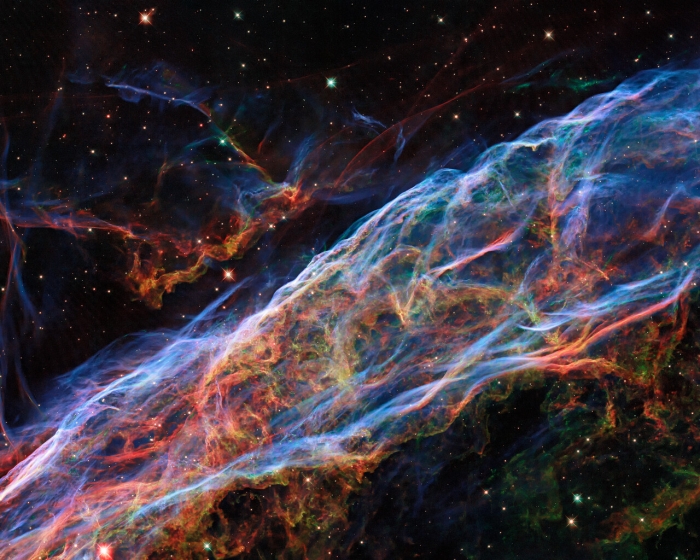Post by Slinger on Mar 13, 2021 15:54:21 GMT
‘Lava egg’ planet shocks Nasa scientists by creating ‘second atmosphere’

(NASA, ESA, and R. Hurt (IPAC/Caltech))
Scientists have discovered a planet covered in lava that is strangely creating a second atmosphere to make up for the one it had lost.
The planet, called GJ 1132 b, is thought to have had a thick hydrogen atmosphere similar to Neptune, however the heat from the sun it orbits stripped away the hydrogen and helium - turning the world into a bare core around the size of Earth.
However, the events that followed that have astonished astronomers: the Hubble telescope found that a “secondary atmosphere” had developed on the planet consisting of molecular hydrogen, hydrogen cyanide, methane and also contains an aerosol haze, which is closely related to smog on Earth.
Scientists believe that hydrogen in the first atmosphere had been absorbed into the planet’s magma mantle and is being released through volcanic processes to create this second layer of gas.
“It’s super exciting because we believe the atmosphere that we see now was regenerated, so it could be a secondary atmosphere,” said study co-author Raissa Estrela of Nasa’s Jet Propulsion Laboratory (JPL) in Pasadena, California.
“We first thought that these highly irradiated planets could be pretty boring because we believed that they lost their atmospheres. But we looked at existing observations of this planet with Hubble and said, ‘Oh no, there is an atmosphere there.’”
Planet GJ 1132 b has some significant parallels to Earth - both have similar sizes and are approximately 4.5 billion years old, have a hydrogen dominated atmosphere, and could even have close atmospheric pressures at the surface.
However, the closeness of GJ 1132 b’s orbit means that its red dwarf sun roasted it, exacerbated by gravitational forces including tidal heating. This is when energy from a planet’s orbit and rotation is dispersed as heat inside the planet.
Since GJ 1132 b is in an elliptical orbit, the planet is squeezed and stretched through gravitational “pumping”. That keeps the mantle in a liquid state, keeping its volcanic activity continuous.
As such, the planet’s cooler crust might only be hundreds of feet thick - too thin to support any mountains - and could be cracked like an eggshell.
“How many terrestrial planets don’t begin as terrestrials? Some may start as sub-Neptunes, and they become terrestrials through a mechanism that photo-evaporates the primordial atmosphere. This process works early in a planet’s life, when the star is hotter,” said lead author Mark Swain of JPL.
“Then the star cools down and the planet’s just sitting there. So you’ve got this mechanism where you can cook off the atmosphere in the first 100 million years, and then things settle down. And if you can regenerate the atmosphere, maybe you can keep it.”
The team’s findings will be published in The Astronomical Journal.
SOURCE

(NASA, ESA, and R. Hurt (IPAC/Caltech))
Scientists have discovered a planet covered in lava that is strangely creating a second atmosphere to make up for the one it had lost.
The planet, called GJ 1132 b, is thought to have had a thick hydrogen atmosphere similar to Neptune, however the heat from the sun it orbits stripped away the hydrogen and helium - turning the world into a bare core around the size of Earth.
However, the events that followed that have astonished astronomers: the Hubble telescope found that a “secondary atmosphere” had developed on the planet consisting of molecular hydrogen, hydrogen cyanide, methane and also contains an aerosol haze, which is closely related to smog on Earth.
Scientists believe that hydrogen in the first atmosphere had been absorbed into the planet’s magma mantle and is being released through volcanic processes to create this second layer of gas.
“It’s super exciting because we believe the atmosphere that we see now was regenerated, so it could be a secondary atmosphere,” said study co-author Raissa Estrela of Nasa’s Jet Propulsion Laboratory (JPL) in Pasadena, California.
“We first thought that these highly irradiated planets could be pretty boring because we believed that they lost their atmospheres. But we looked at existing observations of this planet with Hubble and said, ‘Oh no, there is an atmosphere there.’”
Planet GJ 1132 b has some significant parallels to Earth - both have similar sizes and are approximately 4.5 billion years old, have a hydrogen dominated atmosphere, and could even have close atmospheric pressures at the surface.
However, the closeness of GJ 1132 b’s orbit means that its red dwarf sun roasted it, exacerbated by gravitational forces including tidal heating. This is when energy from a planet’s orbit and rotation is dispersed as heat inside the planet.
Since GJ 1132 b is in an elliptical orbit, the planet is squeezed and stretched through gravitational “pumping”. That keeps the mantle in a liquid state, keeping its volcanic activity continuous.
As such, the planet’s cooler crust might only be hundreds of feet thick - too thin to support any mountains - and could be cracked like an eggshell.
“How many terrestrial planets don’t begin as terrestrials? Some may start as sub-Neptunes, and they become terrestrials through a mechanism that photo-evaporates the primordial atmosphere. This process works early in a planet’s life, when the star is hotter,” said lead author Mark Swain of JPL.
“Then the star cools down and the planet’s just sitting there. So you’ve got this mechanism where you can cook off the atmosphere in the first 100 million years, and then things settle down. And if you can regenerate the atmosphere, maybe you can keep it.”
The team’s findings will be published in The Astronomical Journal.
SOURCE





